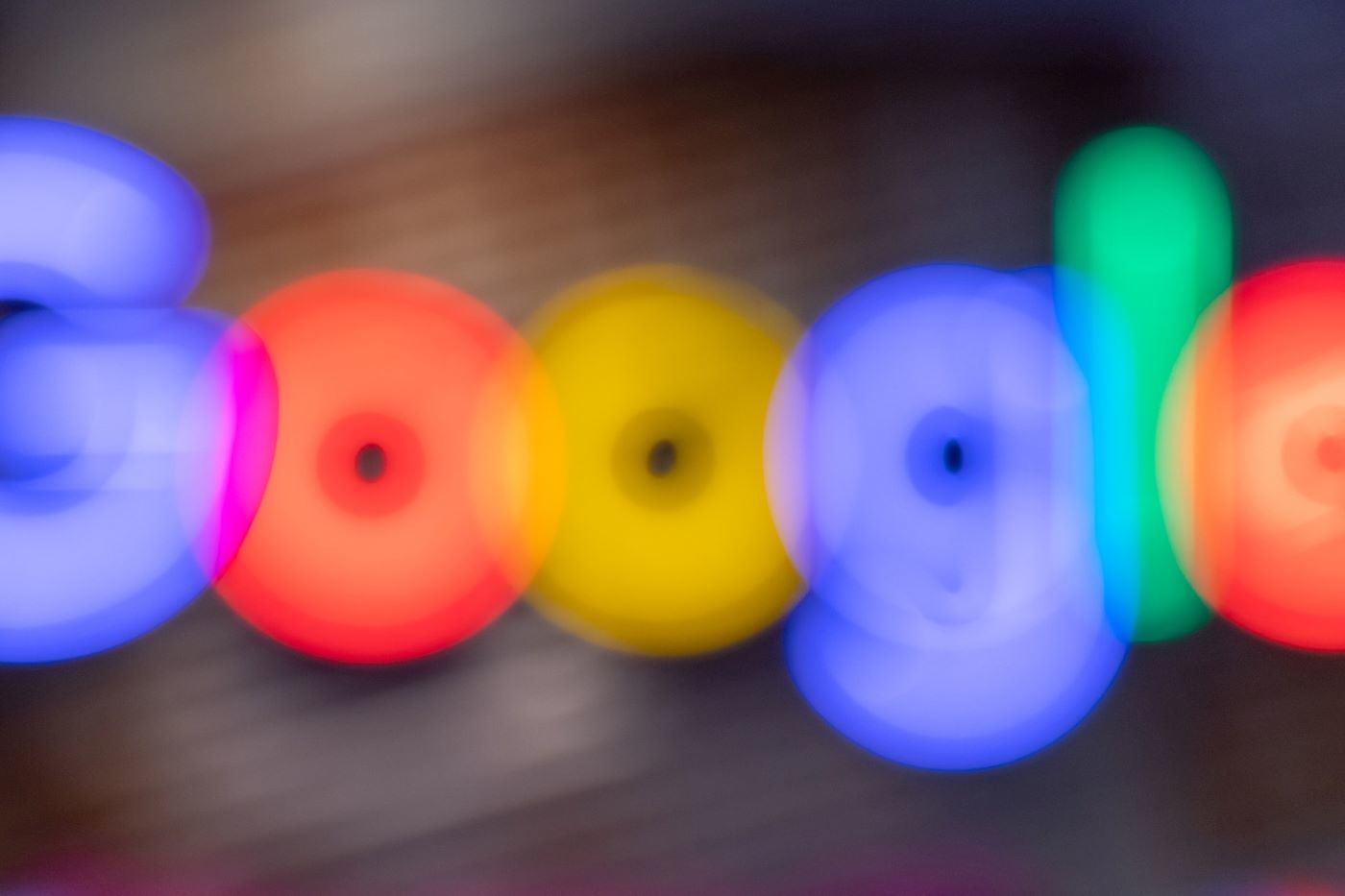Here’s What We Think You Need to Know
When an ad appears online today, you can no longer assume a human is looking at it.
A growing number of “users” are actually AI-driven agents: digital assistants, booking bots, and multimodal models that search, filter, and decide on behalf of people.
And that changes everything about how advertising works.
The Research: What’s Actually Happening
A new study by Andreas Stöckl and Joel Nitu, “Are AI Agents Interacting with Online Ads?”, explores how advanced AI systems like OpenAI GPT-4o, Anthropic Claude 3.7 Sonnet, and Google Gemini 2.0 Flash handle online advertising.
Their findings are fascinating and quietly disruptive.
AI agents don’t ignore ads, but they also don’t see them the way we do.
They don’t care about beautiful imagery, emotional storytelling, or persuasive copy.
What they do respond to is structured data: things like price, availability, location, or star rating.
In other words, the emotional hook that works for humans is invisible to machines, and the machine-readable data that humans overlook is exactly what AI agents prioritise.
From Ad Copy to Data Clarity
In sectors like travel and hospitality, where AI assistants are increasingly booking rooms or comparing flights, this means traditional display ads could soon become irrelevant.
Imagine two hotel listings:
- One with an eye-catching carousel ad promising “Luxury escapes for less”.
- Another with clean, structured data showing £129 per night, breakfast included, sea view, and 4.6/5 guest rating.
A human might click the first.
An AI booking assistant will almost always select the second.
For marketers, this signals a shift: from creative persuasion to data transparency.
Your future “ad” might need to speak to both audiences; the human and the algorithm sitting between you.
Why This Matters for Your Ad Strategy
This isn’t just a niche academic concern. It’s the early warning for how AI-mediated advertising will evolve across sectors.
Three takeaways:
- Ads will need to be dual-readable.
Emotional resonance for people, structured clarity for machines. Schema markup, product feeds, and verified pricing data will matter as much as creative concept. - AI-optimised formats will emerge.
Expect ad platforms to evolve toward machine-parsable metadata; not just headlines and CTAs. Think of it as “Ad schema” meets “Answer engine optimisation”. - Measurement will need rethinking.
If a large share of impressions and clicks come from AI intermediaries, you’ll need new metrics to track influence through agents, not just human conversion paths.
From Search to Selection: The New Gatekeepers
In many ways, AI agents are becoming digital concierges. They interpret intent, filter information, and present a shortlist to humans.
That means your goal isn’t just to be seen, it’s to be selected.
The next stage of digital marketing isn’t bidding for impressions; it’s training the machines to recognise your offer as the most relevant, reliable, and usable data source.
What This Means for Marketers
We’re entering a stage where clarity is the new creativity.
The emotional storytelling that makes your brand memorable will still matter, but beneath it, your structured data, schema markup, and transparent offers will decide whether you’re even in the running.
So if AI agents are starting to browse on our behalf, here’s the real question:
When the machines start choosing, will they choose you?
Written by Joaquin Lopez-Otero at Koozai
Helping brands stay visible, trustworthy, and found everywhere; by people and AI alike.







Leave a Reply